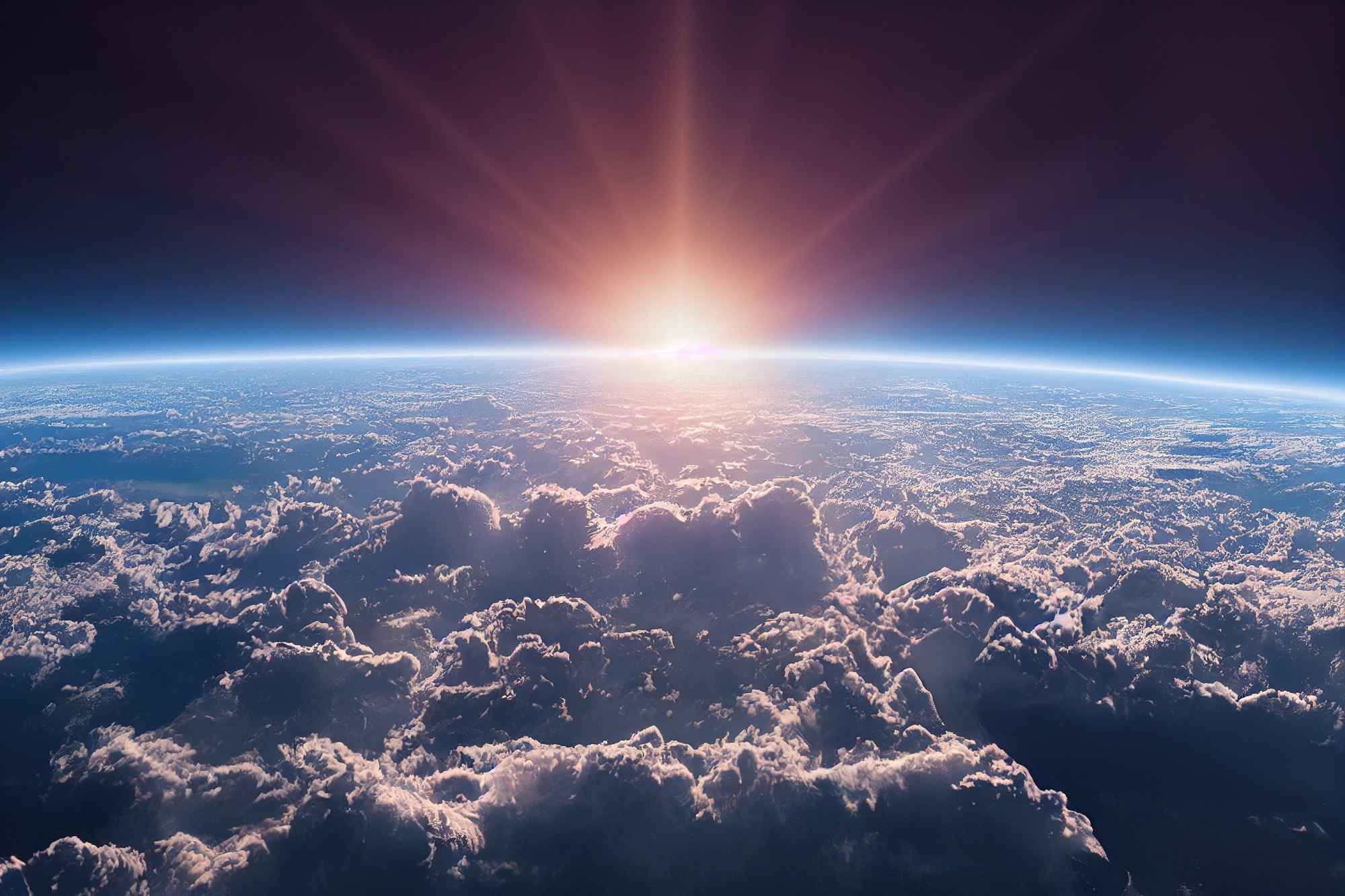In recent years, our understanding of Earth’s upper atmosphere has deepened, revealing an unexpected influence—spacecraft debris. A recent study has shed light on the composition of aerosol particles in the stratosphere, demonstrating the increasing presence of anthropogenic materials due to the re-entry of spacecraft components. This discovery has prompted Purdue University researchers to explore the implications of these findings on our planet’s delicate atmospheric balance.1

Image Credit: Owlie Productions/Shutterstock.com
The Unseen Impact of Space Ventures
The space industry is one of the fastest-growing sectors in the world, with the industry expected to generate 1 trillion dollars of revenue by 2040.2 However, such rapid growth demands a detailed understanding of the potential impact on the protective stratospheric ozone layer and the climate as a whole.
Traditionally, scientists believed stratospheric aerosols were primarily composed of sulfuric acid resulting from natural processes such as volcanic eruptions. However, research has unveiled a new player in this intricate composition: metals derived from meteoric ablation and, surprisingly, spacecraft re-entry.
These findings raise important questions about the consequences of the increasing presence of anthropogenic materials in the stratosphere. One potential impact lies in the realm of ice nucleation. The introduction of novel ice nuclei, such as these metals, can significantly influence the formation of polar stratospheric clouds, which play a vital role in Earth’s radiative balance.
Moreover, the altered aerosol composition may affect the size distribution of the stratospheric aerosol layer. With larger particles coagulating less rapidly than smaller ones, the addition of anthropogenic material could lead to the formation of numerous smaller particles. This alteration could have implications for light scattering and radiative forcing, contributing to changes in Earth’s climate system.
Future Implications
The presence of spacecraft-derived materials in the stratosphere presents a growing uncertainty for the atmospheric sciences. As the space industry continues its rapid expansion, with tens of thousands of small satellites planned for low Earth orbit, the frequency of re-entry events is set to increase. Consequently, the percentage of stratospheric particles containing metals from satellite re-entry may soon rival that of meteoric metals.
Understanding the intricate interactions between these diverse elements and their potential impacts on our atmosphere is paramount. Research efforts must be intensified to delve deeper into this phenomenon, providing insights into the evolving dynamics of our upper atmosphere.
Changes to the atmosphere can be difficult to study and complex to understand… But what this research shows us is that the impact of human occupation and human spaceflight on the planet may be significant — perhaps more significant than we have yet imagined. Understanding our planet is one of the most urgent research priorities there is.
Dan Cziczo, Professor and Head of the Department of Earth, Atmospheric, and Planetary Sciences, Purdue
As we venture further into the cosmos, it is imperative that we comprehend the repercussions of our spacefaring activities on planet Earth. By unraveling the complexities of the stratospheric aerosol layer, we can safeguard the delicate balance of Earth’s atmosphere for future generations.
References and Further Reading
- Signatures of the space age: Spacecraft metals left in the wake of humanity’s path to the stars (2023) Purdue University News. Available at: https://www.purdue.edu/newsroom/releases/2023/Q4/signatures-of-the-space-age-spacecraft-metals-left-in-the-wake-of-humanitys-path-to-the-stars.html (Accessed: 19 October 2023).
- Murphy, D.M. et al. (2023) ‘Metals from spacecraft reentry in stratospheric aerosol particles’, Proceedings of the National Academy of Sciences, 120(43). Available at: https://www.pnas.org/doi/full/10.1073/pnas.2313374120.
- Ryan, R.G. et al. (2022) Impact of rocket launch and space debris air pollutant emissions on stratospheric ozone and global climate. Available at: https://agupubs.onlinelibrary.wiley.com/doi/10.1029/2021EF002612.